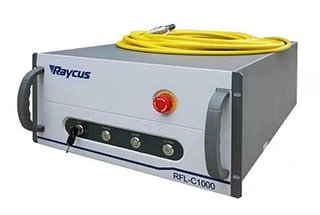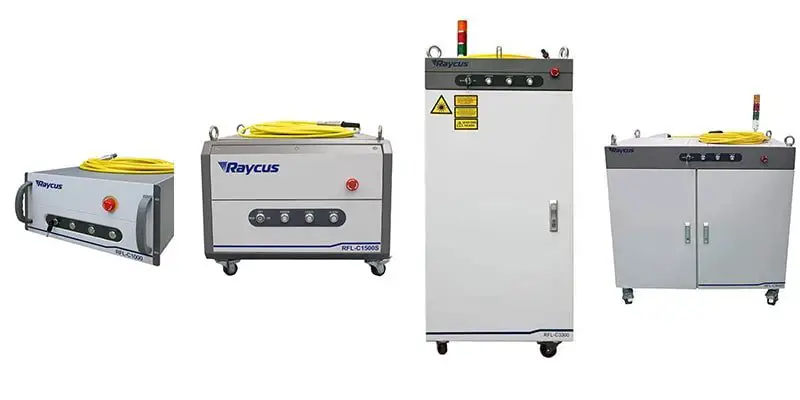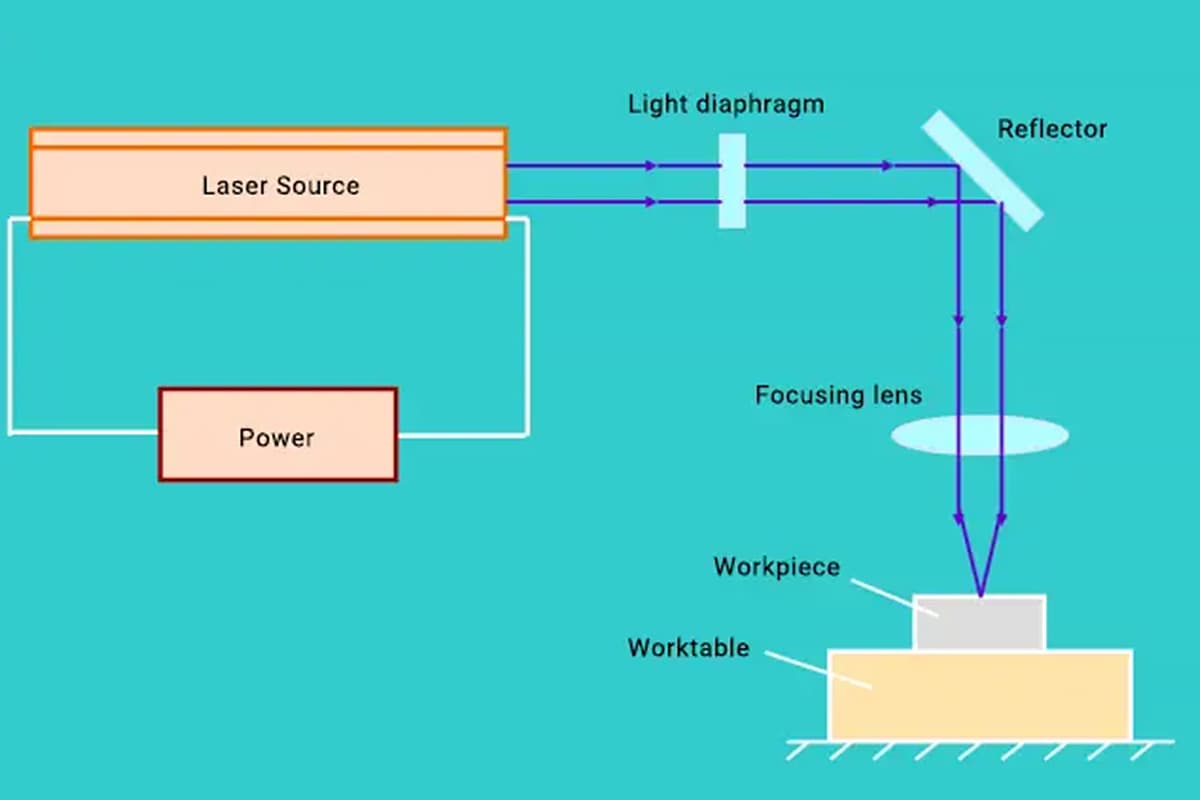
How fast can a fiber laser cut different metals? If you’ve ever wondered about optimizing cutting speeds for materials like carbon steel or aluminum, this article offers detailed speed charts for Raycus laser sources ranging from 750W to 6000W. By understanding these parameters, you’ll achieve more efficient and precise cuts, enhancing your productivity and cutting quality. Dive in to explore how varying power levels influence cutting speeds across different metal thicknesses.

Many operators seek guidance on optimizing cutting speed parameters when using laser cutting machines for various metal materials. To address this need, we have compiled comprehensive laser cutting speed charts to assist in determining the most efficient cutting speeds for different scenarios.
The following tables present cutting speed data for Raycus fiber laser sources ranging from 750W to 6000W. These charts serve as a valuable reference point for operators looking to maximize productivity and quality in their laser cutting operations.
It’s important to note that while these charts provide a solid baseline, optimal cutting speeds can vary based on factors such as:
We recommend using these charts as a starting point and fine-tuning parameters based on your specific equipment, material, and quality requirements. Regular maintenance of your laser cutting system, including optics cleaning and alignment, is crucial for consistently achieving optimal cutting speeds.

Remarks:
1. Blue color means simple sharp or low requirement can be cut in a short scale, it’s a little bit difficult
2. Red color means the sample cutting is ok, but can not be used for batch cutting
| Material | Thickness (mm) | Raycus 750 | Raycus 1000 | Raycus 1500 | Raycus 2200 | Raycus 3300 | Raycus 6000 |
|---|---|---|---|---|---|---|---|
| (m/min) | |||||||
| Carbon Steel (O2) | 1 | 10-16 | 10-16 | 10-16 | 10-16 | 10-16 | 10-16 |
| 2 | 3-4 | 5-6 | 5.0-8.0 | 5.0-8.0 | 5.0-8.0 | 5.0-8.0 | |
| 3 | 2-2.5 | 2.5-3.5 | 3.5-4.5 | 3.5-4 | 4-4.5 | 3-5 | |
| 5 | 1-1.5 | 1.2-1.8 | 1.5-1.8 | 2-3 | 3-3.5 | 3-4 | |
| 6 | 0.5-1 | 1-1.5 | 1.3-1.5 | 1.8-2.2 | 1.8-2.2 | 2.5-3.5 | |
| 8 | 0.5-0.8 | 0.8-1 | 1-1.2 | 1.2-1.8 | 1.8-2.2 | 2.0-2.8 | |
| 10 | 0.5-0.7 | 0.7-1 | 1.2-1.5 | 1.1-1.3 | 1.0-2.1 | ||
| 12 | 0.4-0.6 | 0.6-0.8 | 0.7-1 | 0.8-1 | 1.0-2.0 | ||
| 14 | 0.5-0.7 | 0.6-0.9 | 0.6-0.8 | 0.8-1 | |||
| 16 | 0.5-0.7 | 0.5-0.8 | 0.5-0.8 | 0.7-0.9 | |||
| 18 | 0.4-0.6 | 0.5-0.7 | 0.7-0.8 | ||||
| 20 | 0.4-0.6 | 0.6-0.8 | |||||
| 22 | 0.3-0.5 | 0.5-0.7 | |||||
| 25 | 0.4-0.6 | ||||||
| Stainless Steel (N2) | 1 | 16-20 | 20-24 | 25–30 | 25-35 | 35-45 | 50-70 |
| 2 | 3.5-4.5 | 6-7 | 9-10 | 10-11 | 12-14 | 30-40 | |
| 3 | 1.5-2 | 2-3 | 4-5 | 5-6 | 8-9 | 14-20 | |
| 4 | 0.8-1.2 | 1-1.5 | 2-3 | 3-4 | 4-5 | 6.0-12.0 | |
| 5 | 0.5-0.8 | 1-1.5 | 1.5-2 | 2.5-3.3 | 5.0-10.0 | ||
| 6 | 0.7-1 | 1.2-1.5 | 1.6-2.1 | 4.0-7.0 | |||
| 8 | 0.6-0.8 | 0.9-1.2 | 3.0-5.0 | ||||
| 10 | 0.6-0.8 | 1.5-2.5 | |||||
| 12 | 1.0-2.0 | ||||||
| 14 | 0.8-1 | ||||||
| 16 | 0.5-0.8 | ||||||
| Aluminum Alloy (N2) | 1 | 8-10 | 10–12 | 14-16 | 18-24 | 25-33 | 50-70 |
| 2 | 0.8-1.5 | 2-3.5 | 4.5-5.5 | 7-12 | 10-14 | 25-35 | |
| 3 | 0.5-1 | 2-3 | 3-5 | 5-7 | 15-25 | ||
| 4 | 1.2-1.8 | 2-3 | 3-4.5 | 13-18 | |||
| 5 | 0.5-1.0 | 1–2 | 2-3.5 | 6-10 | |||
| 6 | 0.6-0.8 | 1.5-2.5 | 4-6 | ||||
| 8 | 0.5-1 | 2-3 | |||||
| 10 | 1-2 | ||||||
| 12 | 0.8-1.5 | ||||||
| 16 | 0.5-0.8 | ||||||
| Copper (N2) | 1 | 8-10 | 10-12 | 14-16 | 18-24 | 25-33 | 40-50 |
| 2 | 0.8-1.5 | 2-3.5 | 4.5-5.5 | 7-12 | 10-14 | 25-30 | |
| 3 | 0.5-1 | 2-3 | 3-5 | 5-7 | 12.0-18 | ||
| 4 | 1.2-1.8 | 2-3 | 3-4.5 | 8-10 | |||
| 5 | 0.5-1.0 | 1–2 | 2-3.5 | 6-8 | |||
| 6 | 0.6-0.8 | 1.5-2.5 | 3.5-4.5 | ||||
| 8 | 0.5-1 | 1.5-3 | |||||
| 10 | 0.6-1.2 | ||||||
Remember to always prioritize safety and follow manufacturer guidelines when operating laser cutting equipment. Proper training and adherence to safety protocols are essential for both operator safety and optimal machine performance.








